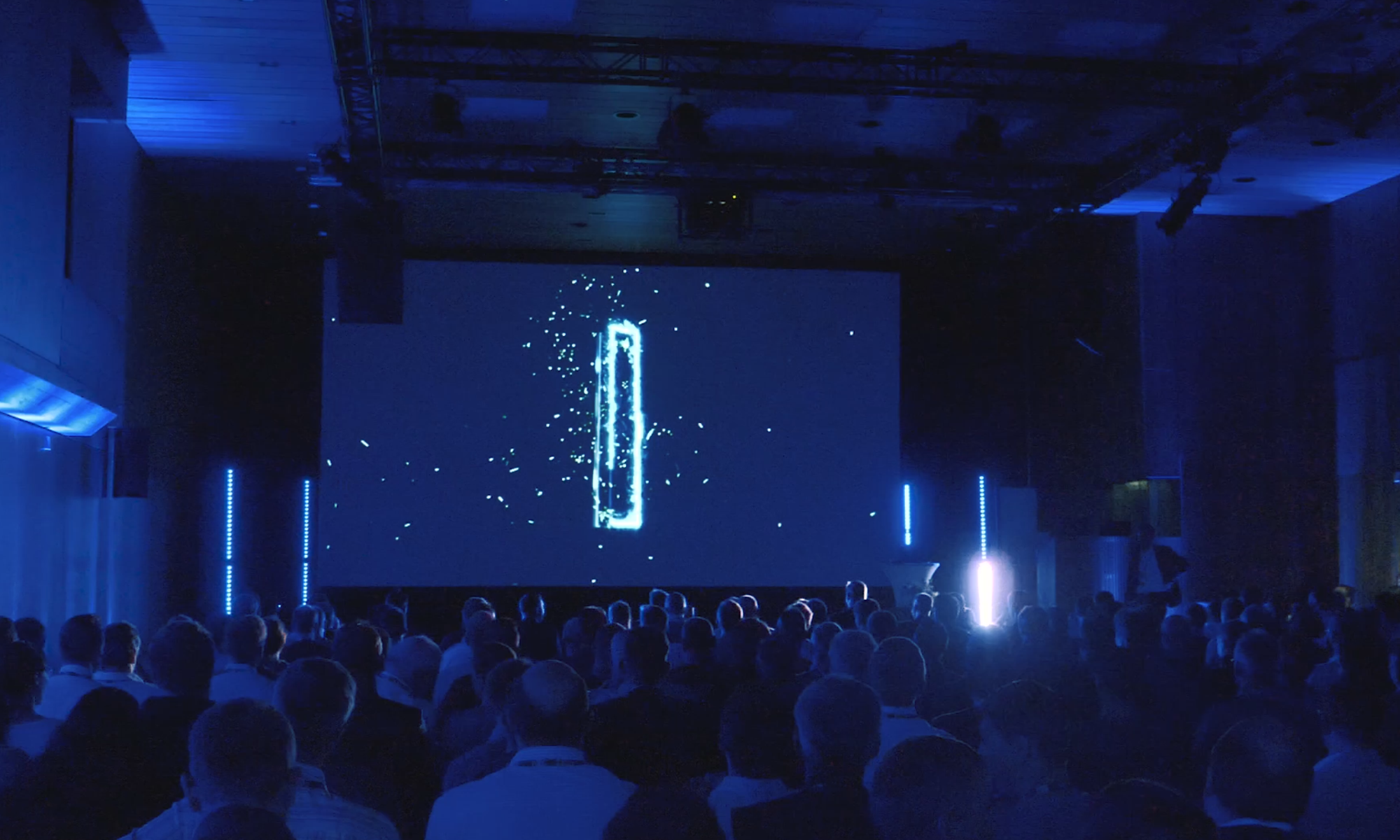
A razor-sharp look at BYOD
A look in restaurant kitchens shows that there are professions where employees often bring their own preferred tools with them. But the business use of personal devices (BYOD) can be controversial. It's worth comparing the different perspectives.
In short
- In the hospitality industry, many chefs routinely bring their own preferred knives and kitchen tools. But in business, the use of employee-owned personal devices (BYOD) can be contentious.
- IT teams worry about BYOD security and control, while end users want the flexibility and convenience of using their own familiar devices for work.
- Companies can take a number of approaches to BYOD, including clear policies, centralized management and giving users a choice of approved devices.
A self-respecting chef chooses and uses their own knives. During pandemic lockdowns, anyone who decided to upgrade their cooking skills quickly noticed considerable
differences between different brands of kitchen tools. In particular, many discovered that owning an expensive set of knives is a status symbol. Having to use someone else’s knives was
considered a step down, and it was definitely uncool for anybody to use your own treasured set without permission.
Chefs also take pride in maintaining and sharpening their knives themselves. After all, who wants to wield a blade that some clumsy miscreant has dulled just as you’re about to dazzle
people with your culinary skills? Finally, cooks – like the rest of us – are creatures of habit. Using your own tools is simply the way that things are done.
In business the situation often is different: Traditionally, employers provided the “tools,” primarily PCs, notebooks, smartphones and/or tablet computers, for use in the
office, at home or on the road. But that arrangement has been changing, especially since 2020.
Bring Your Own Device: Following the “Recipe”
Whether it’s out of need or preference, some employees prefer to use their own “knives” (smartphones, laptops, desktops, etc.) and follow the “recipe” called Bring Your Own Device
(BYOD).
There may be good reasons for this approach, and not just in the hospitality industry. But some IT departments reflexively reject such requests: “BYOD? Not on our turf!”
For that very reason it’s worth considering employees’ perspective.
Some users have invested a lot in high-performance gaming hardware at home so that company PCs or notebooks seem like cheap dull knives in comparison. And, of course, using a boring old
work computer is an unwanted departure from a state-of-the-art status symbol. Others are Apple fans so working with Windows or Android devices takes some getting used to.
In addition, there are practical reasons: If you travel a lot for work you probably don’t want to lug around two notebooks, two tablets and two smartphones – one for business during the day
and the other for personal use at the hotel in the evening.
The IT team’s BYOD aversion has its reasons
But the IT team’s resistance to BYOD is no accident. That's why it's helpful for users to understand IT’s perspective on private devices used for work.
Above all, there is the question of risk. With a kitchen knife, the risk is essentially the same whether the restaurant provides it or the chef brings it. “Bring Your Own Knife” would only
be more dangerous if the chef allowed his blades to get dull and rusty.
IT equipment is much more versatile than a kitchen knife and accordingly carries a higher number of risks – cybersecurity chief among them. These risks can be controlled
through terms of employment and company policies governing the use of private devices; through security awareness training; through clearly defined and consistently implemented access
rights, and; through software and hardware authentication measures for secure user access.
What knives and BYOD devices have in common is the need to keep them “sharply honed” at all times. That requires a commitment to fast patching and regular updates to avoid
security gaps. That’s one reason why IT teams argue that it’s easier and safer to manage company-owned devices from a central location.
How to avoid BYOD conflicts
However, a closer look at this conflict reveals that there’s actually no need for a conflict at all. When managing devices with the baramundi Management Suite (bMS), it is ultimately irrelevant whether the device is company- or user-owned. Only the unobtrusive bMS Agent software must be installed to
for the IT department to “have a good grip” on a device and manage it effectively. Installation of the bMS Agent can be required by a company’s BYOD policy with user
consent. To reassure users, the bMS has built-in support for stringent EU data protection and privacy regulations. That means that IT staff simply cannot access, view or modify a user’s
private apps and data.
Cue company policy: In addition to traditional centrally managed company-owned devices and BYOD, there’s the third option of giving users a choice of devices which they can
also use privately. In many cases, this enables sales and service staff to take a single device on their travels. And offering Mac and iPhone as an option also satisfies Apple fans.
So it’s worth expanding your perspective and looking at BYOD from both the IT and end user
perspectives – and from an economic perspective: The company can replace regular procurement processes and save money with more favorable negotiated flat rates for devices.
That requires having clear policies to avoid increasing the cost and complexity of supporting multiple devices. Many companies will let employees choose from a predefined device catalog,
will set a maximum age for devices to ensure that updates and patches remain available, and will arrange necessary insurance coverage, etc.
In the restaurant business, the question “BYOD or not?” is easy to answer: Of course, chefs bring their own knives! Within companies, on the other hand, the
question has many facets: like a freshly sharpened kitchen knife, it shimmers very differently depending on the angle from which you look at it. This makes it essential to use
Endpoint Management software that can cover all scenarios, support a spectrum of options and ensure that IT admins have the tools they need to manage
and secure all devices.
Do not ignore the issue of BYOD!
With the shortage of skilled workers, companies should take a razor-sharp look at BYOD and thoroughly consider the pluses and minuses. After all, many employees – especially younger ones for whom smartphones and computers are an embedded part of life – may want, demand and expect BYOD. Managers who ignore the issue are liable to lose a few fingers – or worse – by not having a solid grip and a sharp edge on the BYOD knife.








